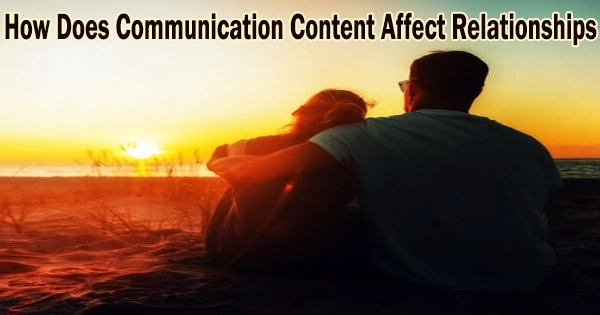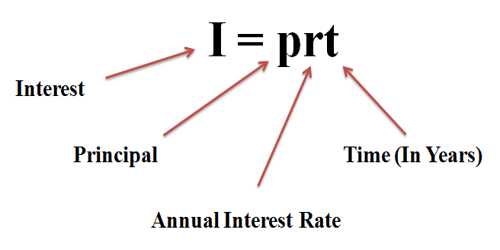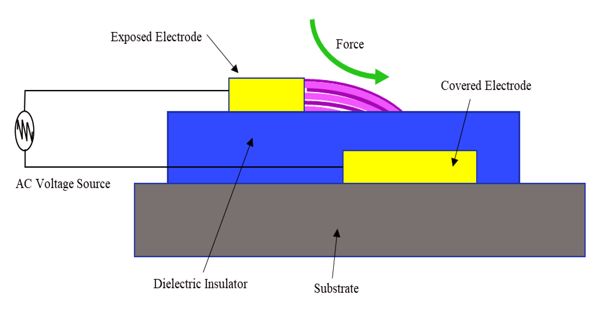Everyone has their “not so bright and shiny” moments as partners, I find myself saying occasionally whether I’m lecturing on relationships or dealing with couples or people in therapy.
These are the times when someone snaps at their spouse because they didn’t choose their words well, they weren’t paying attention, or they were having a bad day. I could give many more examples, but I’m guessing you probably don’t need me to go on. People do, of course, experience many “shimmering” times. We’re referring to instances in which someone expresses love in just the right way, is considerate and kind in the midst of conflict, is caring and attentive as they listen, or welcomes their partner with a warm smile and hug. I’m sure you can think of a host of other instances, too.
But what does it mean when these moments show up in relationships? And how do they tie in with each other?
A team of researchers just published a study that examined this question. They sought to build on previous work and illuminate the nature of the connection between:
- Communication that feels beneficial or satisfying to a couple (the research team called these “perceived positive exchanges”)
- Communication that feels unfriendly or dissatisfying (“perceived negative exchanges”)
- How content partners felt in their relationship
The three possible patterns of how good and bad times may interact with one another and with people’s satisfaction in a relationship were put to the test by the researchers.
They began by reproducing a large body of studies that showed a linear relationship between these two types of interactions and how contented couples felt with one another. In other words, couples feel more content with each other when their communication is generally nice, and less content when they frequently act in unpleasant ways.
Second, their findings were in line with the concept of “buffering” and related prior research. This speaks to the notion that there is a type of dance between the interactions that partners have and their level of happiness as a couple.
More specifically, the research team found that, compared to couples who had more warm and connected moments, couples who reported having less beneficial, supportive communication together had distressing interactions that were more strongly associated with feeling less content in their relationship.
And what about the couples who usually had more rewarding, pleasant exchanges?
In such situation, there was less of a connection between their satisfaction as a couple and their harsh communication. The study’s authors also noted a potential reversal of this effect: a couple’s propensity for painful interactions may act as an unfortunate buffer against the occurrence of loving moments.
Third, the researchers tested a “plateauing” pattern. This means that once a couple has reached a certain level of how frequently they have kind, considerate interactions or how frequently they have painful, challenging interactions, more of the same won’t make as much of a difference in how happy or unhappy they are as a couple.
However, the study’s results didn’t find support for this idea. It’s also worth pointing out that the researchers didn’t find evidence of differences across men and women in the study, either.
So, what does all of this mean?
Communication that is kind and considerate is not just the opposite of communication that is harmful or unsupportive, as the researchers noted. They’re separate in their own right.
Moreover, the research team noted that a relational environment of largely caring and considerate interactions appears to act as a “buffer” against unpleasant communication, such that the link between painful moments and a couple’s contentment is weaker; and the reverse is true, too.
The researchers were correct to point out that the study’s design prevents them from establishing any causal relationship and prevents them from being able to say whether kind and considerate interactions actually protect the relationship from painful communication or whether hurtful interactions reduce the positive effects of warm, connected communication.
The researchers were also correct to highlight that it’s not yet possible to say that these results apply to couples in general due to the limited scope of the partners in their sample, who were opposite-sex, White (mostly), content in their marriage, and who reside in the United States.
They are wise to request research that includes more diverse couples because it will help us understand the connection between connected and disconnected interactions and how those interactions interact with one another to affect relationships.
















